Over the last decade or so, coffee shop culture has taken off, both in North America and globally. International chains like Starbucks now have a presence the world over, and more recently, quirky independent cafés have been springing up in ever-increasing numbers.
As we move towards the end of 2018 and beyond, the coffee world is increasingly looking to technology to drive growth, so here we look at the current trends that are sustaining the industry and pushing it forward.
Customer Experience – iBeacon Software
As in many other areas of the service industry, the big focus of coffee shops is currently on convenience, speed and personalization. High street coffee shops want to make it quicker and easier to obtain their product and to make the whole experience a far more individualized one.
One example of how this is being done is in Starbucks’ experimentation with Apple’s iBeacon software.
For those who don’t know how it works, messages are sent out via low-energy Bluetooth transmitters to smartphones in close proximity.
These messages can then be tailored to the individual smartphone user to deliver information that is relevant and useful to that particular customer.
The key to this kind of technology is ensuring that the messages received have real value – if this doesn’t happen, such message may easily be perceived as being invasive, and users will quickly start to ignore them – or even block them altogether.
Starbucks is well known as a pioneer in driving customer loyalty to their brand through the use of technology, and many of their customers will be Starbucks app users already.
This means these customers will already be used to interacting with the coffee giant through their smartphones, and Starbucks will already have the necessary data to target the messages properly.
The more this software is used, the more the company will be able to collect data. This will enable these messages to be ever more tailored to the individual customer, offering promotions and offers that a person is much more likely to appreciate and take notice of.
Greater Convenience
Other areas of technological development include easier ordering and easier payment options.
It is thought that over 2.5 billion people worldwide are signed up to at least one messaging app, and it is predicted that this is likely to be increasingly leveraged to improve the customer experience.
Specifically, it is envisaged that customers will be able to order their favorite drinks via message and the barista will have it waiting when they arrive in the store.
Again, Starbucks is leading the way with this. This year, they quietly made a change to their online ordering options that will change the way people buy their coffee. Before, only signed up users of the Starbucks app could use it to pre-order and pay for drinks – and this required preloading money onto the app. Now, it is possible to use the service as a “guest,” paying by credit or debit card, Chase Pay, Visa Checkout or Apple Pay.
The advantage is that people who before were reluctant to sign up and add money to their account will now be able to receive rewards like full members. Starbucks will then be able to collect details like email addresses to target these new app users with individualised advertising and promotions. And where Starbucks leads, other tend to follow.
Even in small independent coffee shops, technology is making an impact. More convenient mobile payment options like Apple Pay are making the in-store experience more frictionless.
In China, customers with WeChat – an all-purpose social media and messaging platform with over a billion monthly users – have already been able to pay using this app for several years.
Growing and Roasting – Data Collection and Sharing
Technology is not only helping within the walls of the coffee shop; technology is also having an impact at the source by helping growers collect and share increasingly detailed information on their crops.
With the arrival of the “Third Wave” of coffee, an ever-greater emphasis is being placed on precise origins, growing altitudes, exact harvest date, moisture content and much more.
The Third Wave is a movement within the coffee world that seeks to elevate the drink from the status of a simple commodity to the level of appreciation afforded to something like wine. Third Wave is as much a mind set as anything else. A “Third Waver” is just as interested in the farm where the coffee was grown, the processing method, the varietal of bean etc. as in the flavor in the cup – in very much the same way a wine connoisseur is interested in much more than just having a tasty glass of wine to go with their dinner.
Using software like the specially-designed Cropster, this data is fed into the system and shared down the production line. The information feeds into the roasting process, incorporating cupping results and quality analysis.
This kind of focus on data allows much more precise fine tuning of the whole cycle, from seed to cup. It is also the ideal solution for larger organizations with multiple facilities that need to share information across sites.
Furthermore, it helps bridge a cultural disconnect that can exist between farmers and roasters. Some farmers may initially be resistant to new practices and modern technology, but when they see that more attention to detail really can earn them more money, it is far easier to get them on board.
Back to the Coffee Shop – Barista Tech
The next step takes us back to where we began – the coffee shop – but this time on the other side of the counter. Tech is also being used to help baristas take their art and craft to a higher level of precision – while at the same time facilitating consistency across outlets.
Again, the focus is on data collection and management. More precise measurements of recordable parameters like water temperature, volume, brew time, pre-infusion and more are leading to a better understanding of the science of extraction, in turn allowing better results.
When these variables are entered into a database, the results also become easier to reproduce – both by the individual barista and across a chain of coffee shops.
For a long time, this has been a tricky issue, since a loyal customer expects their favorite drink to be prepared the same and to taste identical every time it is made, wherever it is made.
The problem has always been that there can be substantial variation between coffees made by different baristas. However, with more advanced tech, new levels of standardization that not long ago seemed impossible are becoming reality.
Acacia, a company that makes measuring scales and apps to use with them to manage data, is leading the way in the trend toward ever more precise measurements and data collection – in much the same way that Cropster is helping growers manage and share their information.
Incidentally, there has also been a growing interest in home roasting, and many new high-quality home roasters are being launched to meet the demand of those who want to try at home.
Baristas Replaced?
Another area where tech is attempting to make inroads into the coffee shop is in replacing the barista altogether. In some busy stores that serve hundreds of customers daily, there has been a move toward automated “robot” baristas.
Will this idea take off? Will baristas eventually be replaced by robots? For the moment it seems there will be a place for both. There are those who may prefer the speed and convenience of being served by a machine – but there will always be those who prefer the human contact of a real barista.
Tech Being Utilized Throughout the Coffee Industry
Americans now drink over 400 million cups of coffee every day – a truly staggering amount – and the coffee culture explosion is not restricted to North America either. Understanding this, it is no wonder that the industry is turning to tech to improve operations at every step from farm to café.



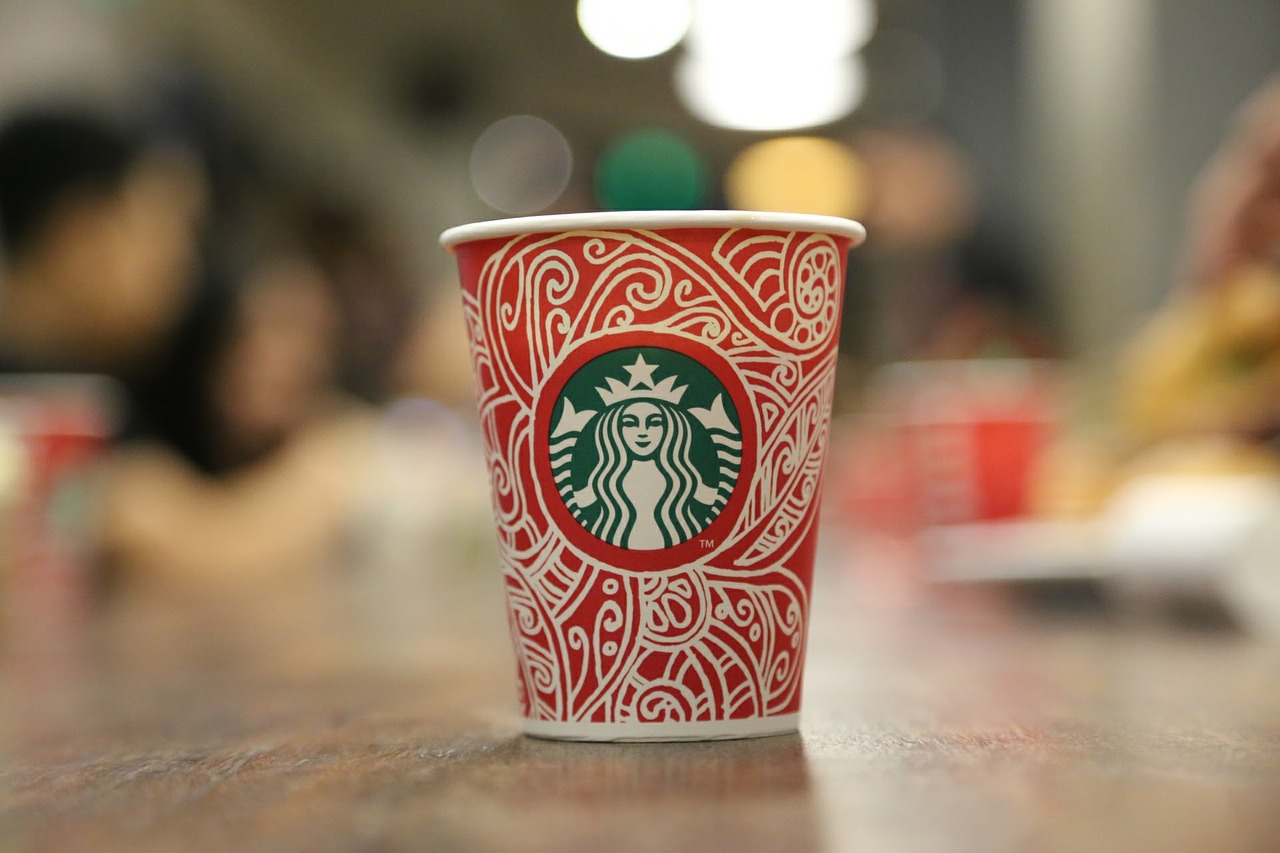
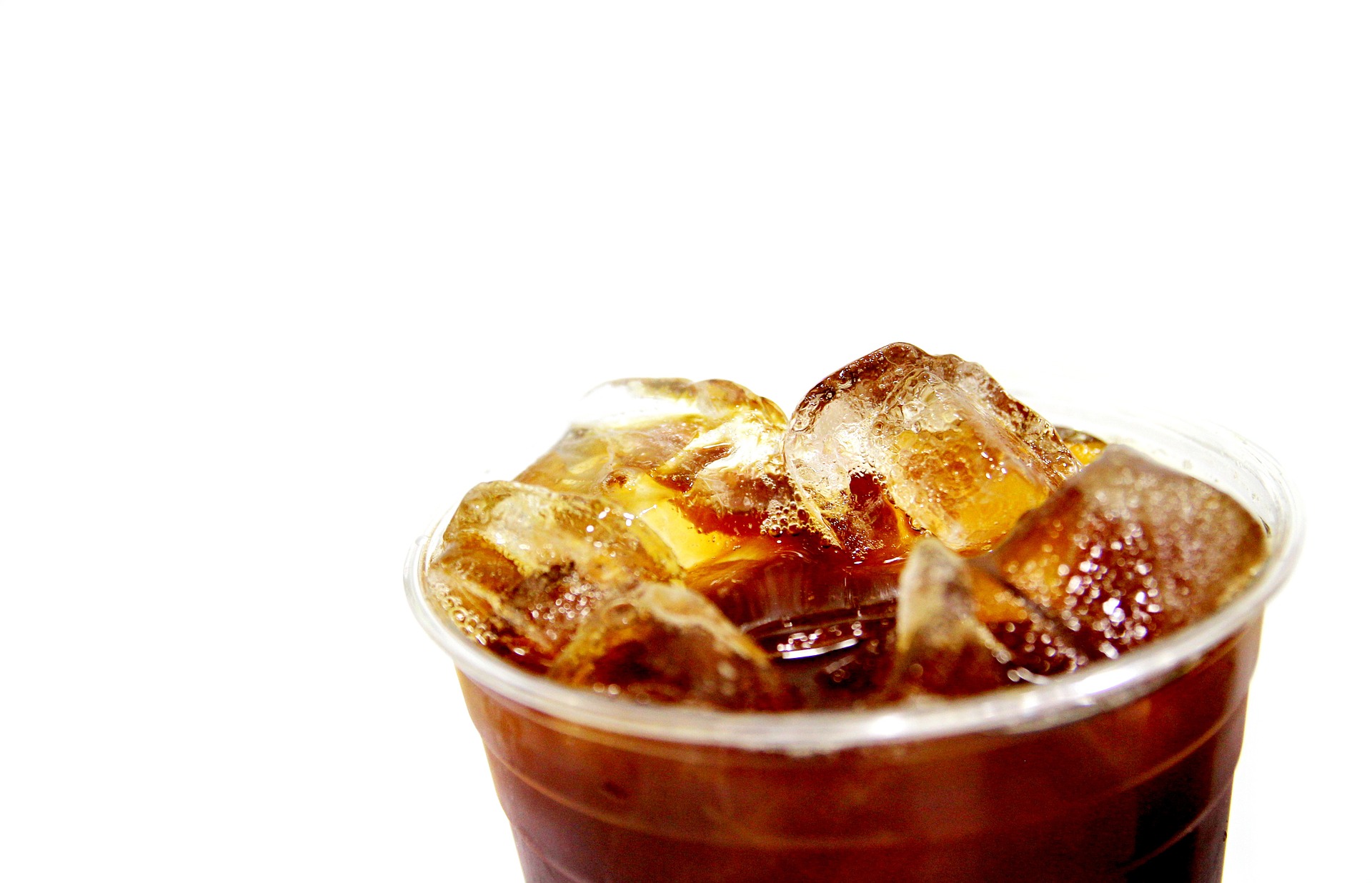

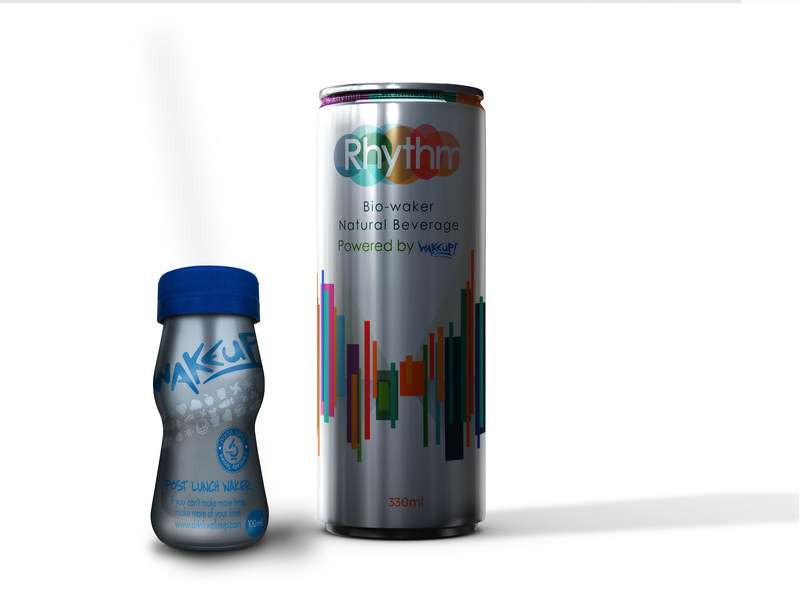

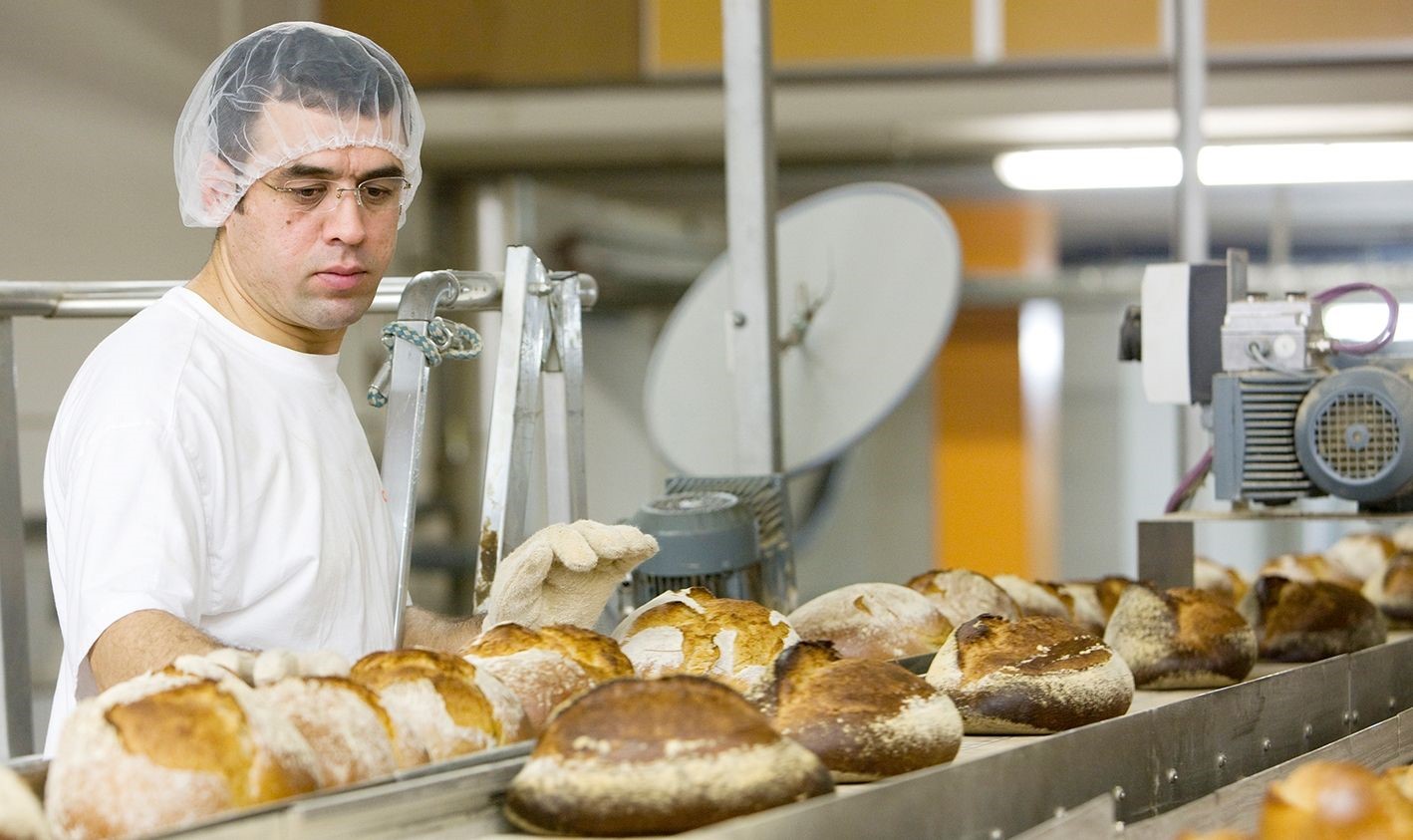


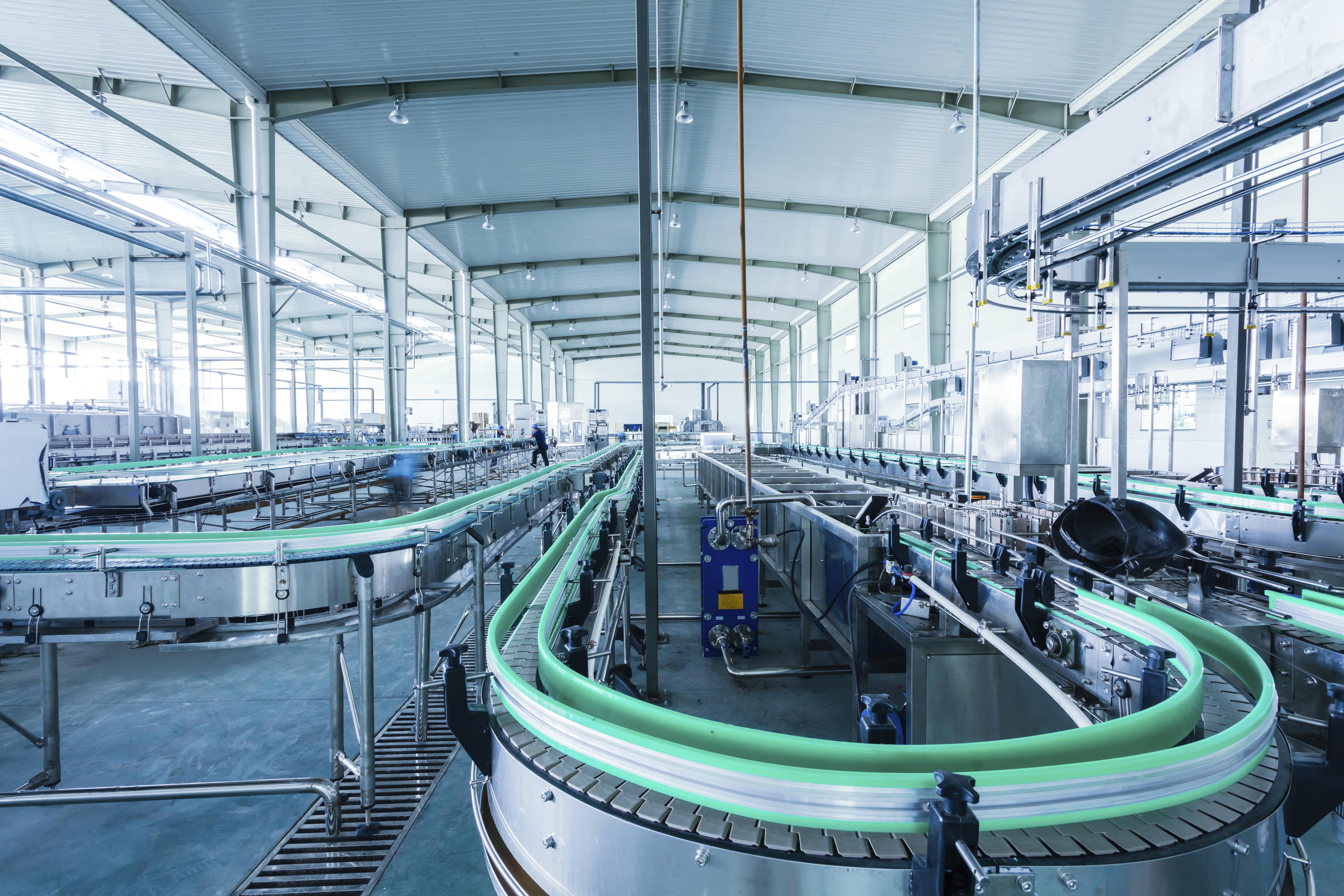
Join or login to leave a comment
JOIN LOGIN